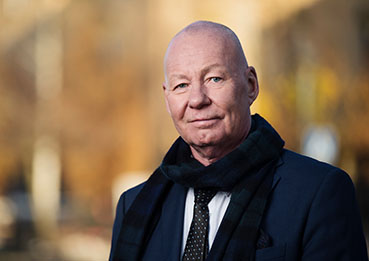KTH has an amazing breadth! Last week, I attended two events that illustrate this: the inaugurations of Novatron 1 and Inspire Lab.
Inspire Lab is a new research centre focusing on innovative initiatives that address concrete gender equality challenges and improve women’s living conditions. The lab’s mission also includes disseminating knowledge and contributing to course content. Three projects have already been funded: one aims to prevent birth injuries; another aims to counter the harm caused by so-called ‘deepfake’ pornography created without consent using manipulated images or videos; and the third aims to develop AI solutions that reflect women’s living conditions.
These are important issues, particularly for a technical university, and they connect with KTH’s long-standing work on gender equality, diversity, and equal opportunities. Inspire Lab has been made possible through a donation, demonstrating how crucial philanthropy can be in enabling the university to develop new and innovative research areas.
Novatron 1 is an experimental fusion reactor operated by Novatron Fusion Group AB and located at KTH in the Alfvén Laboratory. The dream of fusion energy is an old one, and KTH has a long-standing and renowned history in plasma physics — an important part of developing a fusion reactor.Hannes Alfvén, a former KTH professor who won the Nobel Prize in Physics in 1970, was a pioneer and world-leading researcher in his field during his time at KTH.
The inauguration of the reactor demonstrates the need for deep tech innovations to be developed through collaboration between universities, private venture capitalists, and innovative and courageous start-ups. To maintain and develop Swedish competitiveness, models for advancing deep tech research to sustainable companies and commercial applications must be carefully supported and developed. Novatron is one such example.
For many of us, the summer holidays are not far away. Before then, however, it’s time for the annual Almedalen Week. Many KTH researchers will be present to discuss AI, quantum technology, food from the sea, housing construction, energy, cybersecurity, the humanities in professional education, innovations and life sciences, among other topics. Together with Chalmers, KTH is organising two seminars on ‘Responsible AI: a Swedish competitive advantage’ and ‘Swedish quantum technology: from strategy to global success’ on Thursday morning, 23 June.
With that said, it is also time to wish all readers of the blog, students, colleagues and friends in society and business, a really nice and relaxing summer.

